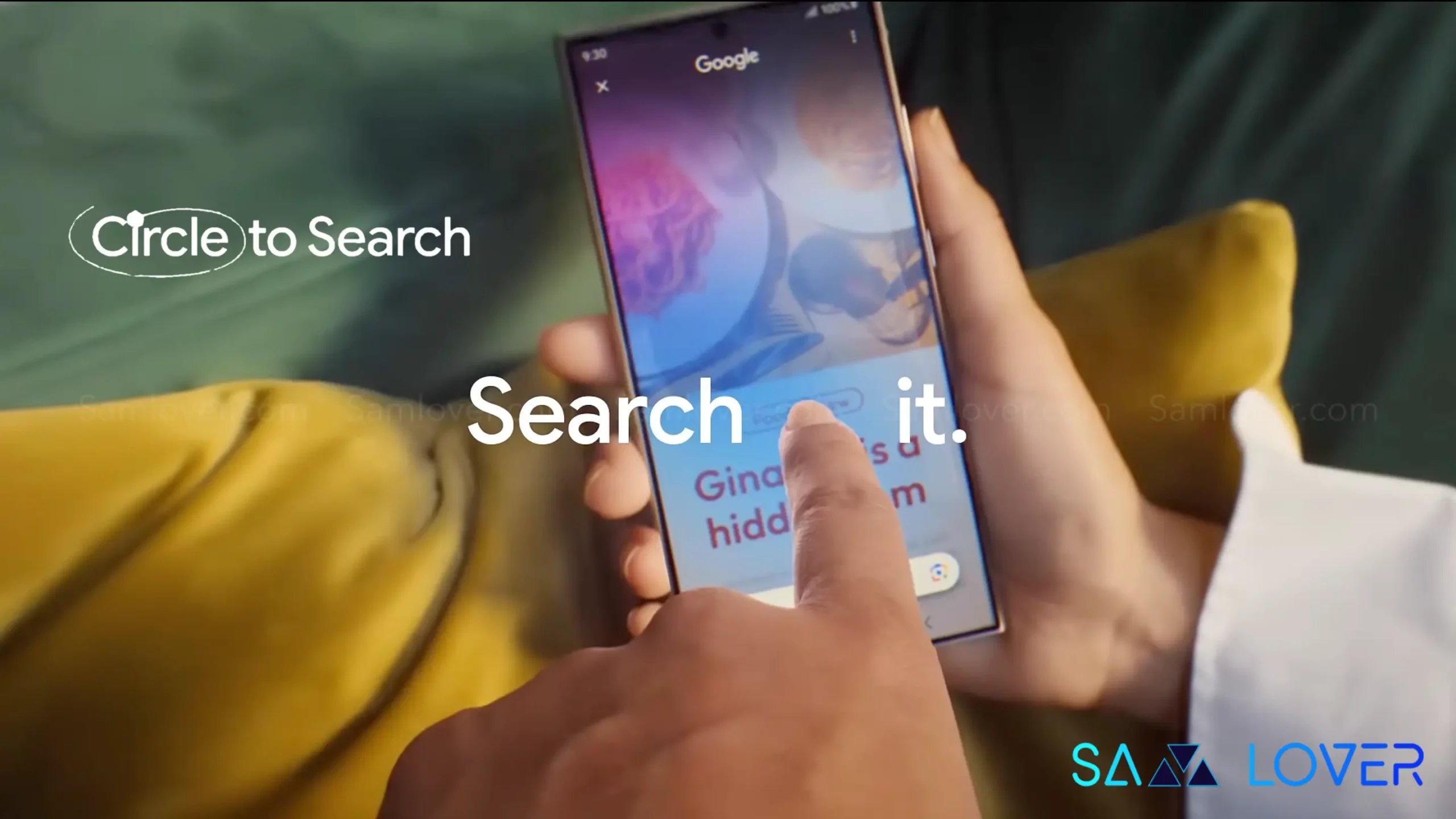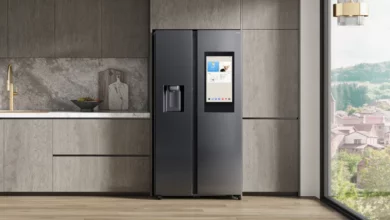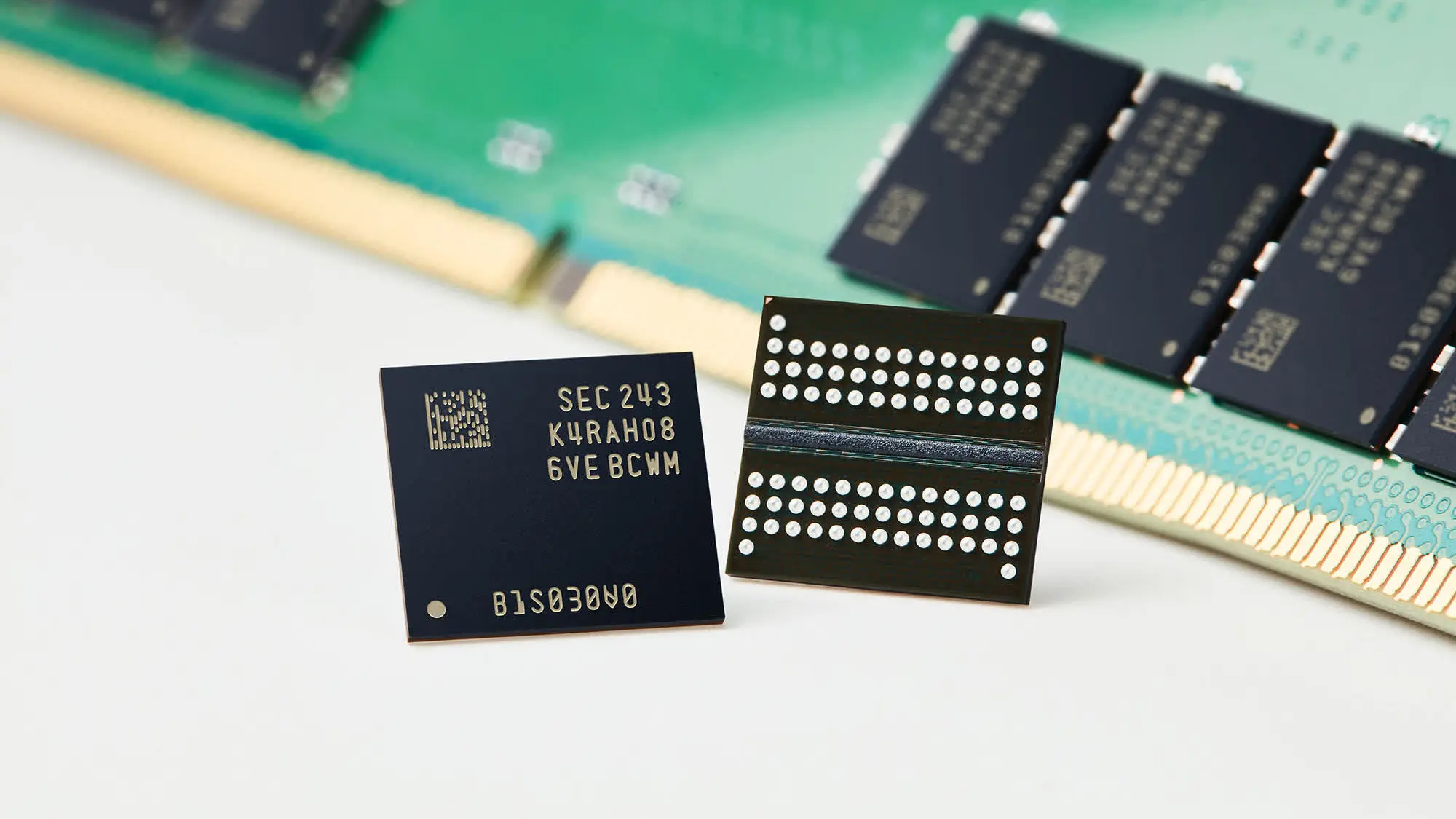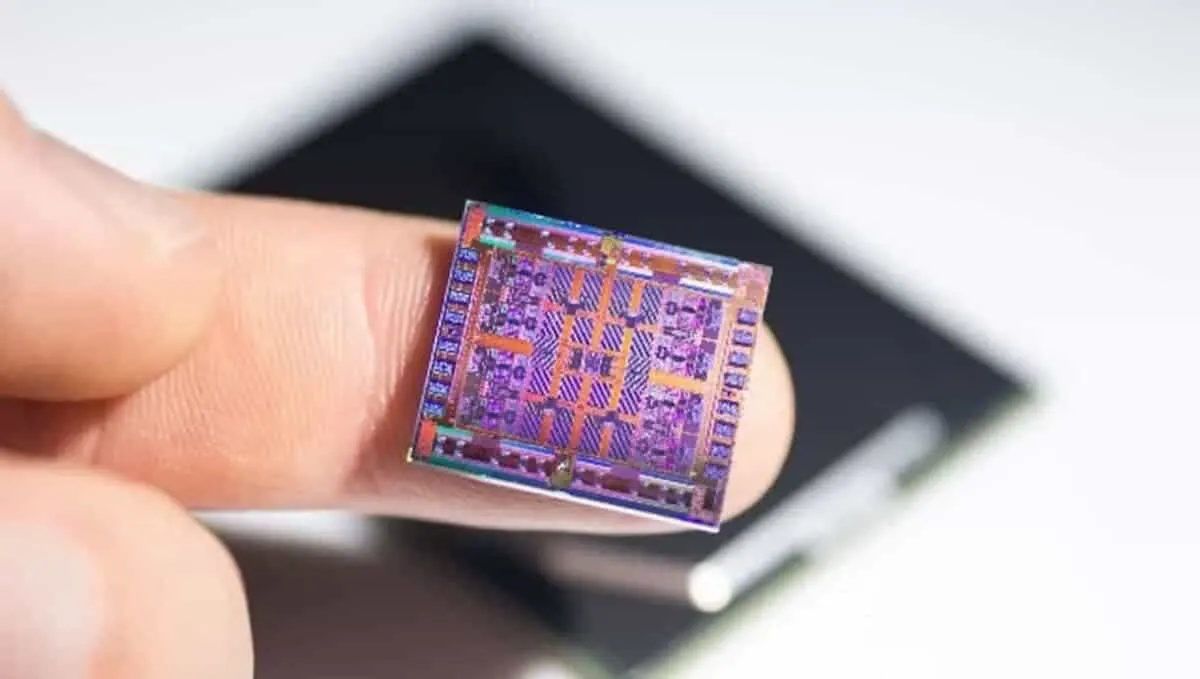Circle to Search Now Available on More Devices: Full List Inside

Samsung introduced the Circle to Search under the Galaxy AI title on the Galaxy S24 series earlier this year, with the Pixel 8 line following shortly after and gradually expanding to more devices since.
Circle to Search is a Google-powered feature on some high-end Android smartphones that permits users to search for information on their screen using gestures. Users can highlight or just circle text or images to select from the screen to directly search for them on Google without even switching between apps.
Since people appreciate this convenient Circle to Search feature most, both brands, Samsung and Google, have expanded the range of this convenient feature on their particular Galaxy and Pixel devices. Here we are discussing the list of Android devices on which Circle to Search is available.
Circle to Search: Here’s the supported device list.
Samsung Galaxy device list that supports Circle to Search
- Galaxy S24
- Galaxy S24 Plus
- Galaxy S24 Ultra
- Galaxy S23
- Galaxy S23 Plus
- Galaxy S23 Ultra
- Galaxy S23 FE
- Galaxy S22
- Galaxy S22 Plus
- Galaxy S22 Ultra
- Galaxy S21
- Gaalxy S21 Plus
- Gaalxy S21 Ultra
- Galaxy Z Fold 5
- Galaxy Z Flip 5
- Galaxy Z Fold 4
- Galaxy Z Flip 4
- Galaxy Z Fold 3
- Galaxy Z Flip 3
- Galaxy Tab S9
- Galaxy S9 Plus
- Galaxy S9 Ultra
Google Pixel device list that supports Circle to Search
- Google Pixel 8
- Google Pixel 8 Pro
- Google Pixel 7
- Google Pixel 7 Pro
- Google Pixel 6
- Google Pixel 6 Pro
- Google Pixel 6A
- Google Pixel 7A
- Google Pixel Fold
- Google Pixel Tablet
The circle-to-search feature is quite user-friendly, so you can easily use this feature if you own any of the devices mentioned above. By just following the steps on both Galaxy and Pixel phones, you can enable Circle to Search by just holding the home button. Once you use this feature, it will become the default for holding the home button instead of Google Assistant.
Once it’s enabled, simply draw a circle on a text or image on your screen to search for it on Google. It will then bring up a panel at the bottom of the screen that you can swipe up to view details about the object you circled, as you would in Google Search. Noticeably, no screenshots are saved of what you search for using Circle to Search, but if you tap the three-dot icon on the top-right of Circle to Search, you can view your history in your Google Settings. After finishing using Circle to Search, tap on the back button to leave the search results.



